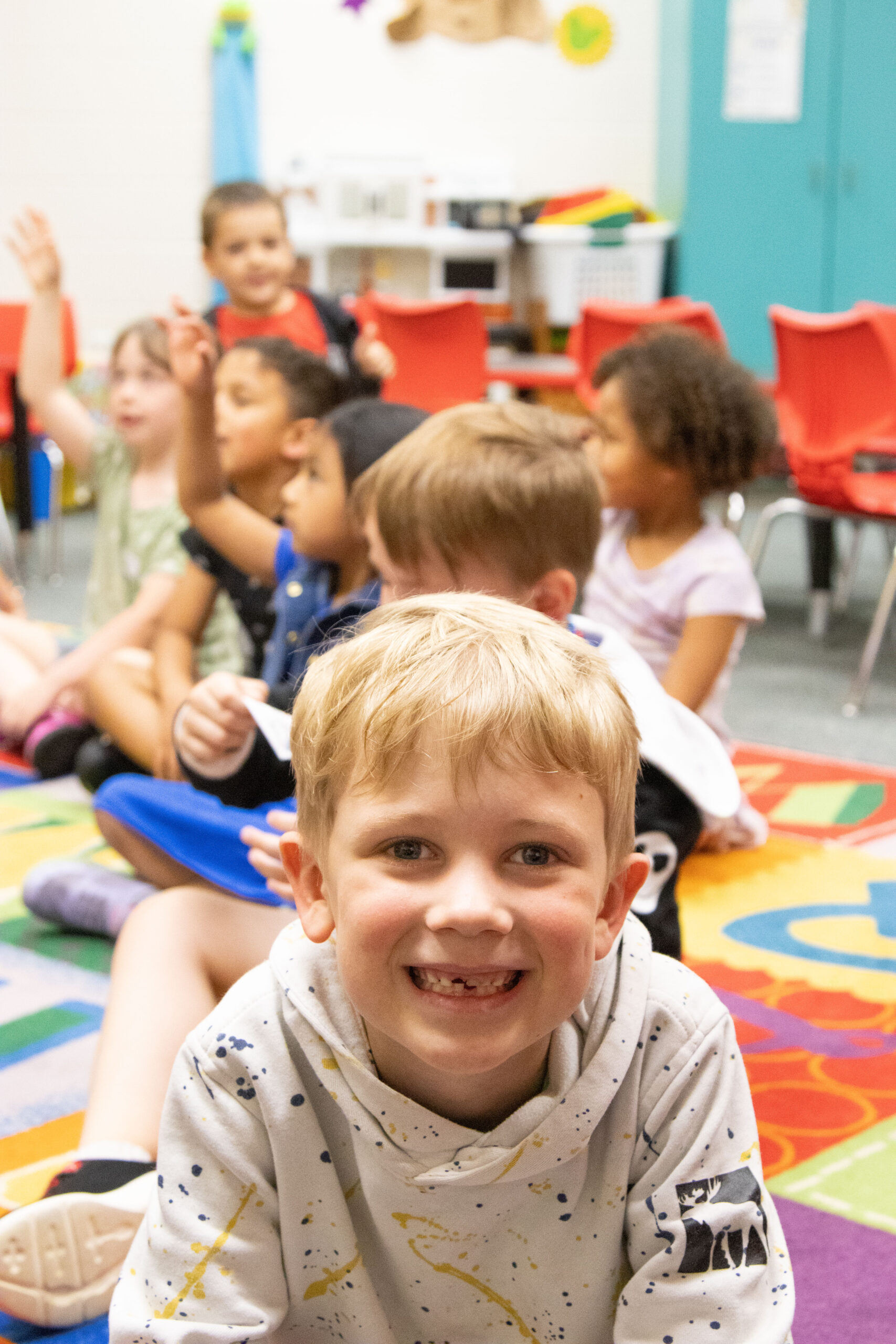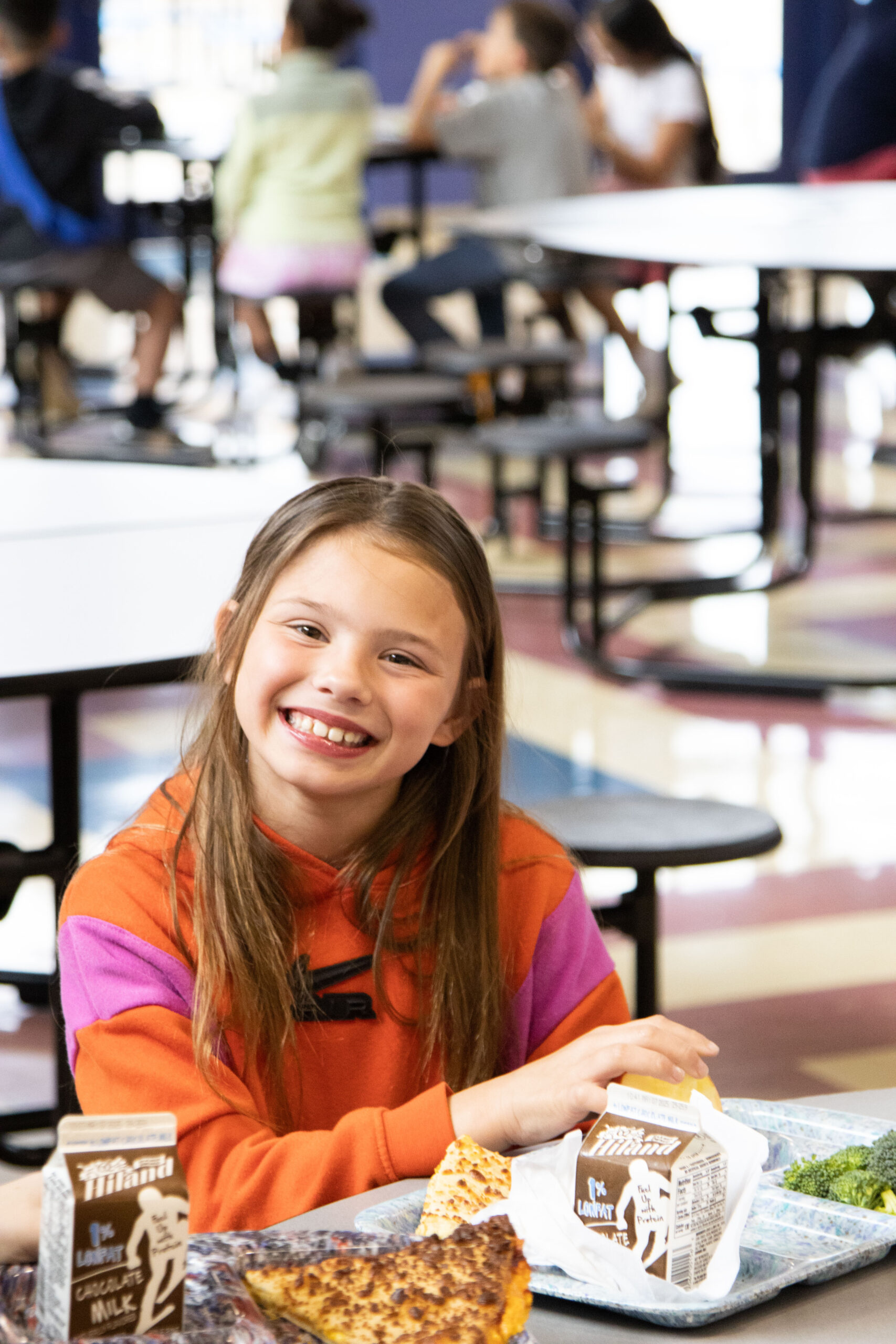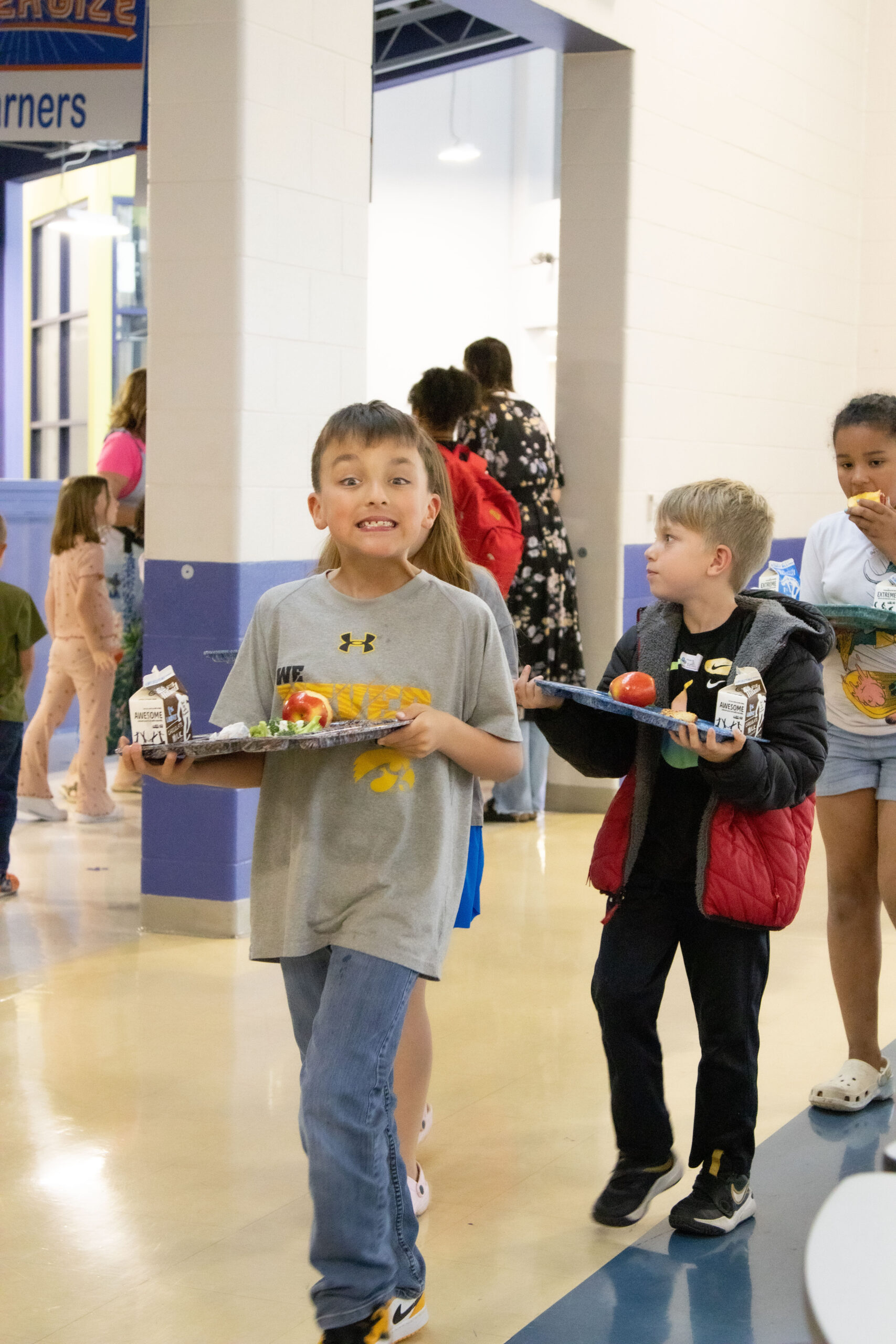Afterschool Literacy Partnership in Hollister, MO
“Is it C of O day?” The students ask, their eyes lighting up as they enter the afterschool pod in the Hollister Elementary school.
In Hollister, Missouri, that question means something special. Twice a week, Tiger 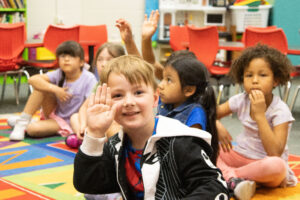 Academy I afterschool students welcome a small team of college mentors from the College of the Ozarks. These are future teachers who bring energy, encouragement, and evidence-based academic support.
Academy I afterschool students welcome a small team of college mentors from the College of the Ozarks. These are future teachers who bring energy, encouragement, and evidence-based academic support.
It’s all part of a vibrant partnership between Hollister’s 21st Century Community Learning Center (21st CCLC) afterschool program and the College of the Ozarks education department. Together, they’ve created a hands-on literacy program that benefits everyone: younger students who need extra reading support and college students preparing to lead their classrooms.
Traci Critser, the Tiger Academy Program Director, beams as she describes this unique collaboration. This partnership started several years ago, sparked by Dr. Christy Patrick, a College of the Ozarks professor, who saw a gap in teacher preparation. To bridge that gap, Dr. Patrick was recently trained to be a Language Essentials for Teachers of Reading and Spelling (LETRS) facilitator and introduced programs like Reading Ready and Really Great Reading, equipping college students with tools to support young readers effectively.
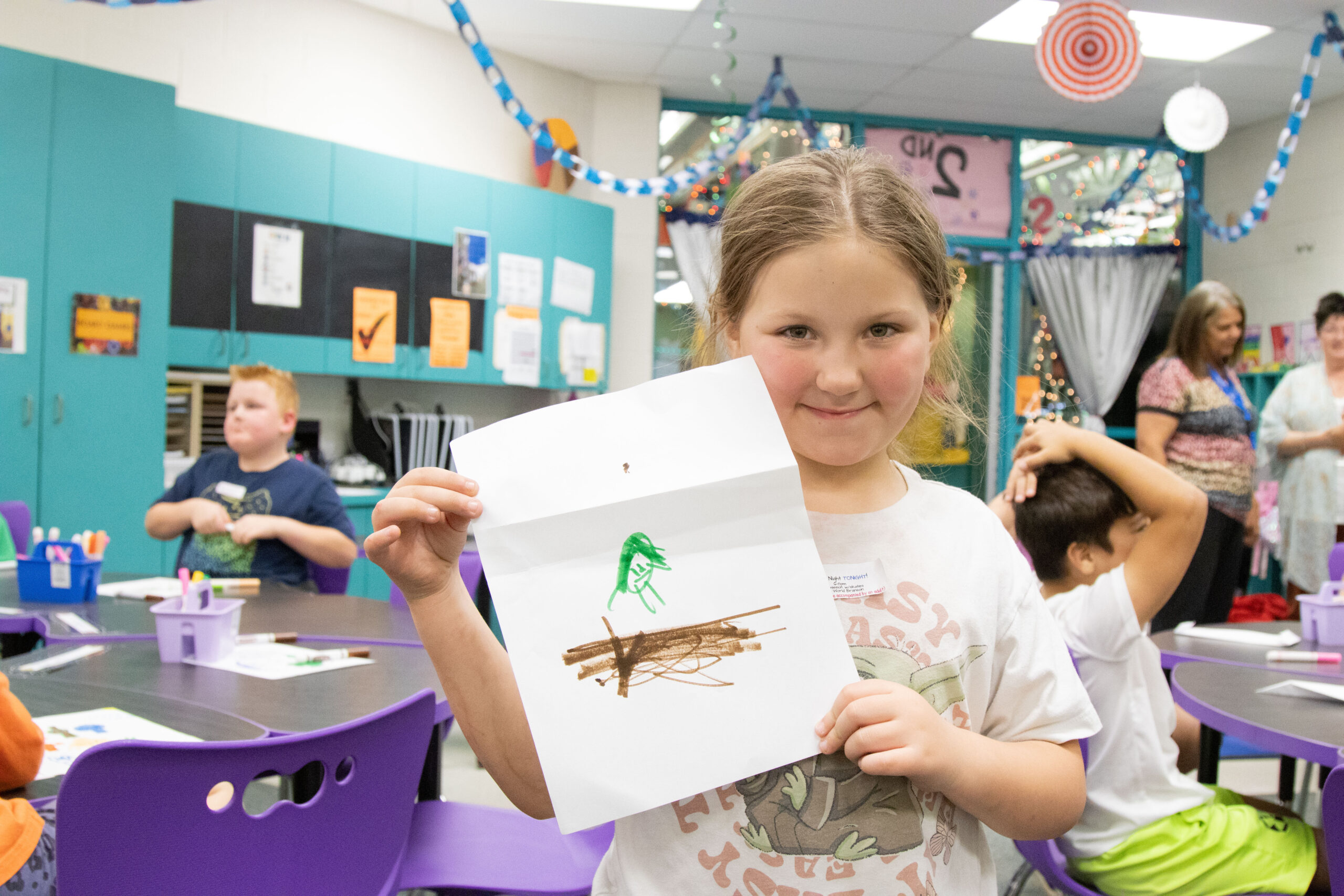
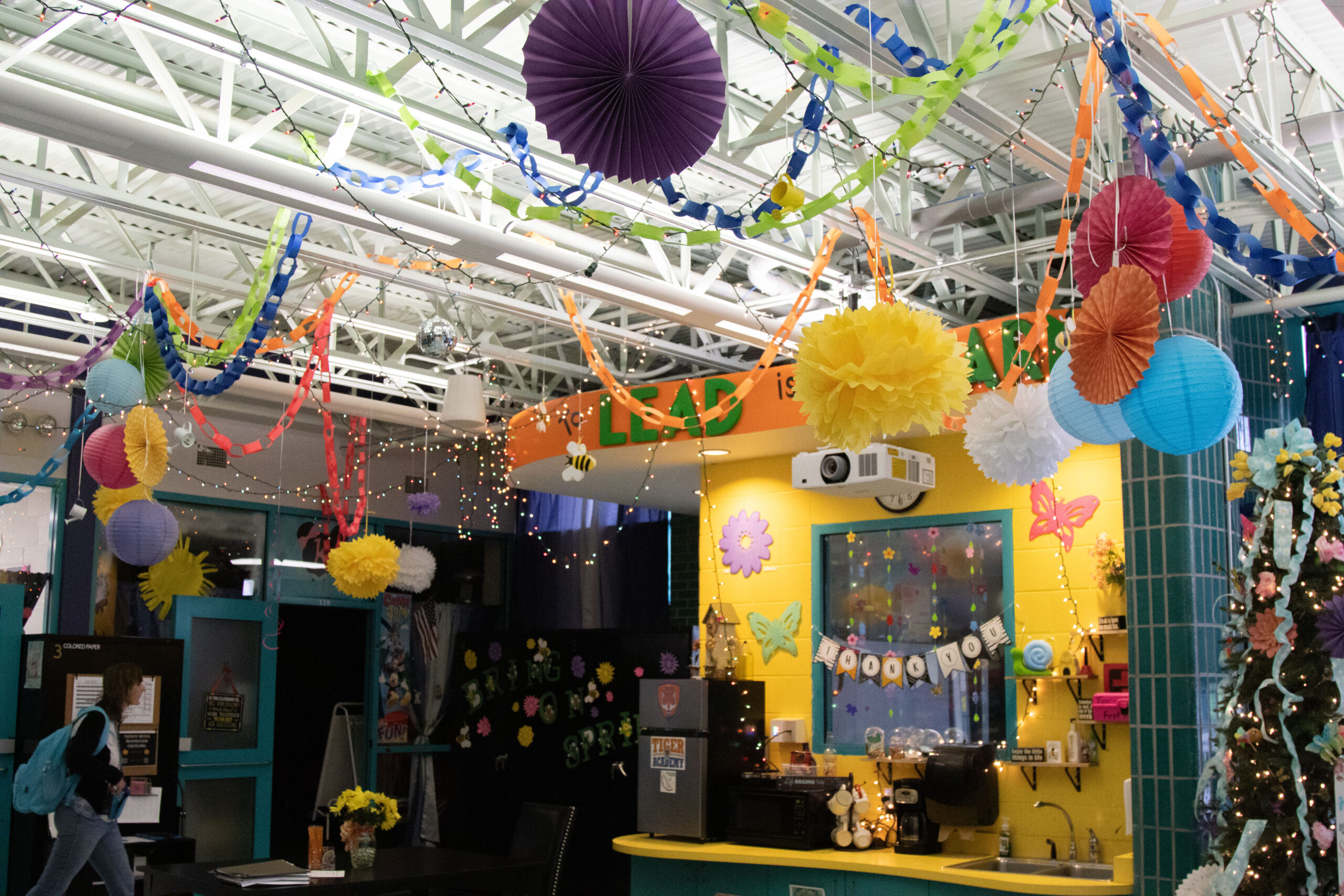
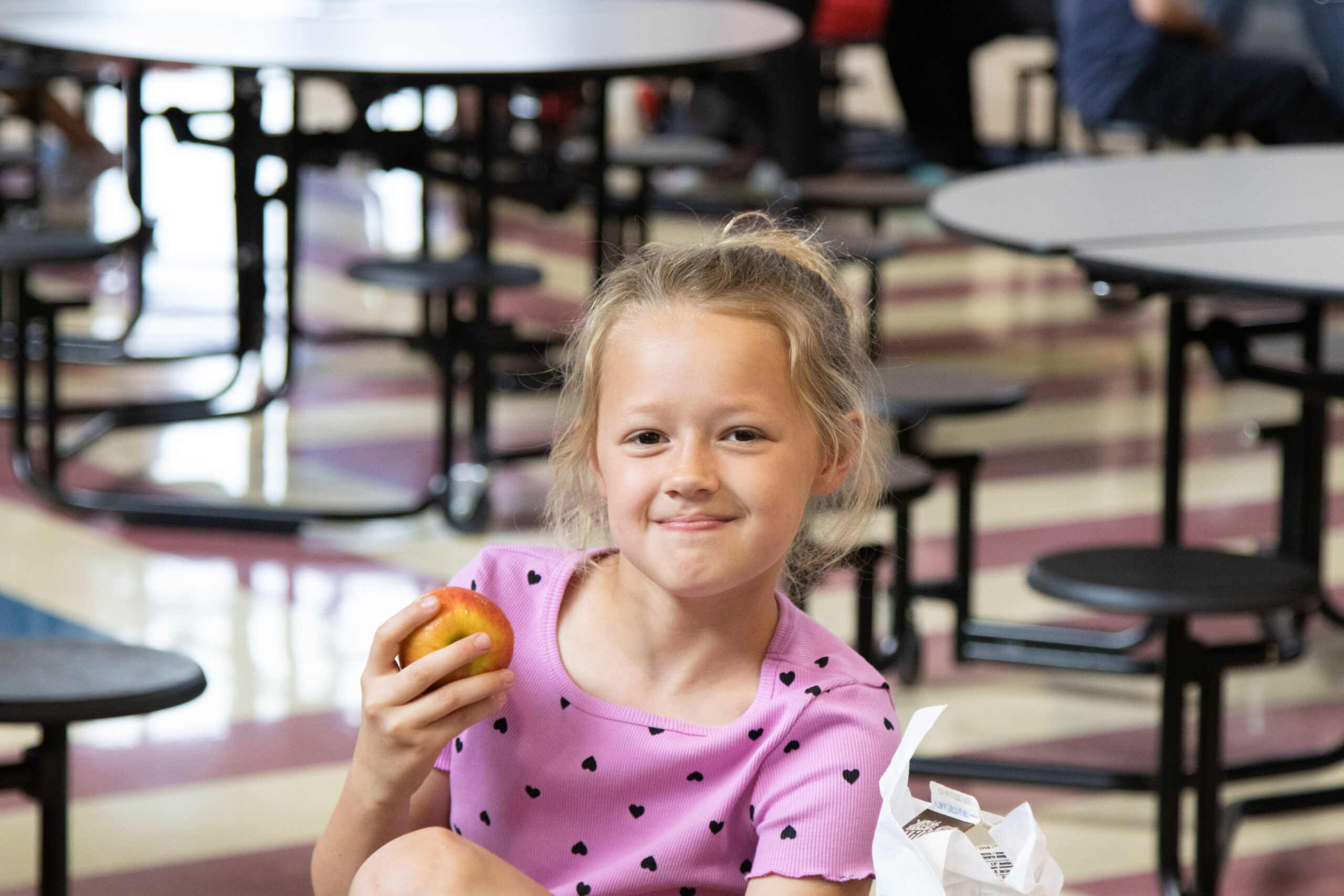
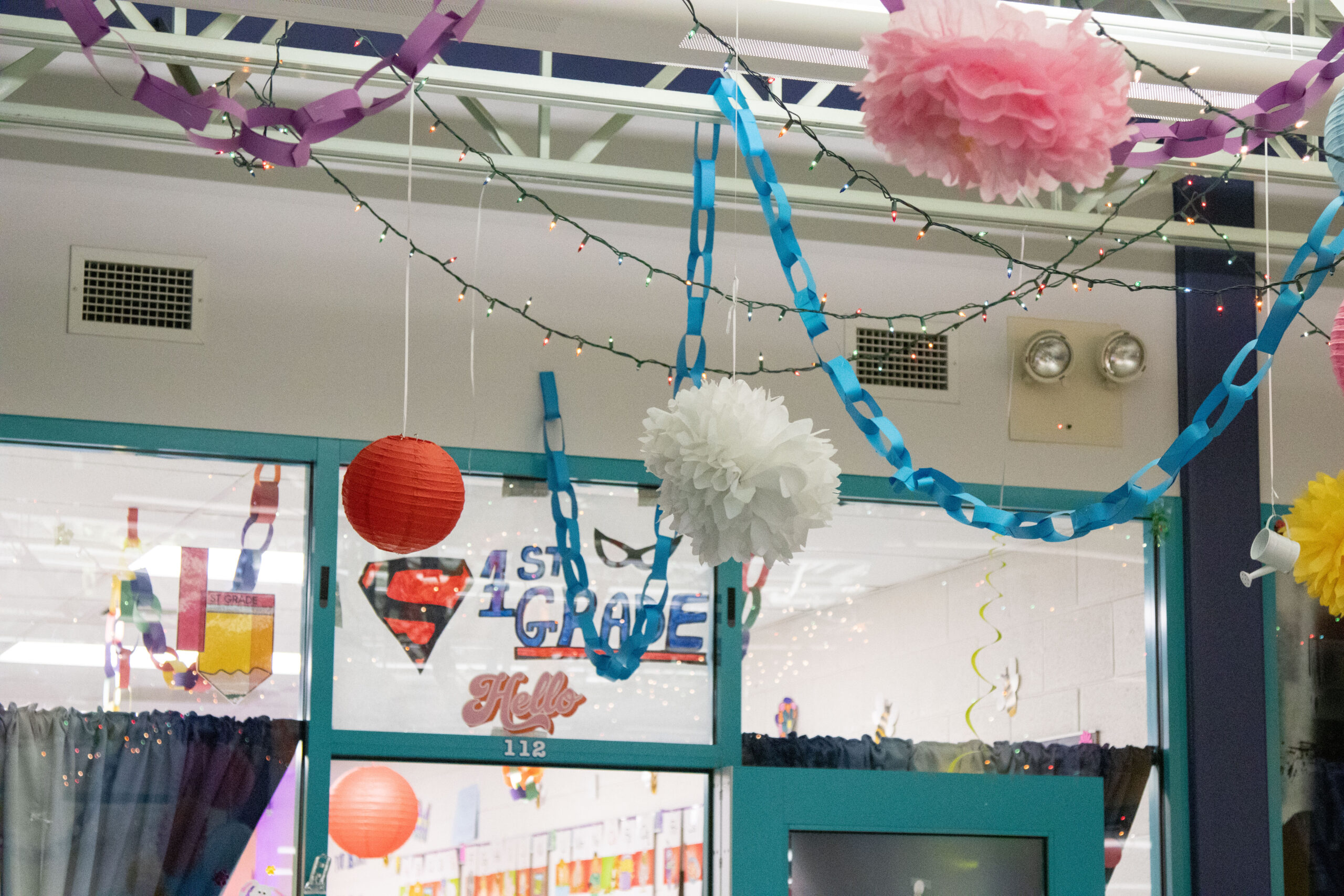
Growth and Mentorship in Action
The result? Twice-weekly small-group sessions where college students assess and engage with young learners using fun, tactile activities, from chalk lessons outside to wearing headbands with CVC (consonant-vowel-consonant) words. The impact is tangible: “When they were assessed at the end of the semester, the students had grown by 34%. Last spring, it was 17%. So it’s doubled,” said Traci.
Dr. Patrick, who teaches Methods of Teaching Literacy III, shares the origins of this inspired partnership: “This all started my very first year at the college by a happy accident. I had this class scheduled at 4 p.m., which was unusual, and we couldn’t do practice sessions at schools during the day… So, I called a friend who was principal at Hollister, and she said, ‘You could be part of our afterschool program.’”
For Dr. Patrick, it’s more than numbers. “Originally, my goal was to improve reading scores, but what I’ve found is that mentorship is just as powerful. Our students build relationships with the kids, and the kids feel seen, supported, and inspired.” The children’s enthusiasm speaks volumes: “The kids started asking, ‘Is it C of O day?’ and got excited to see the college students.”
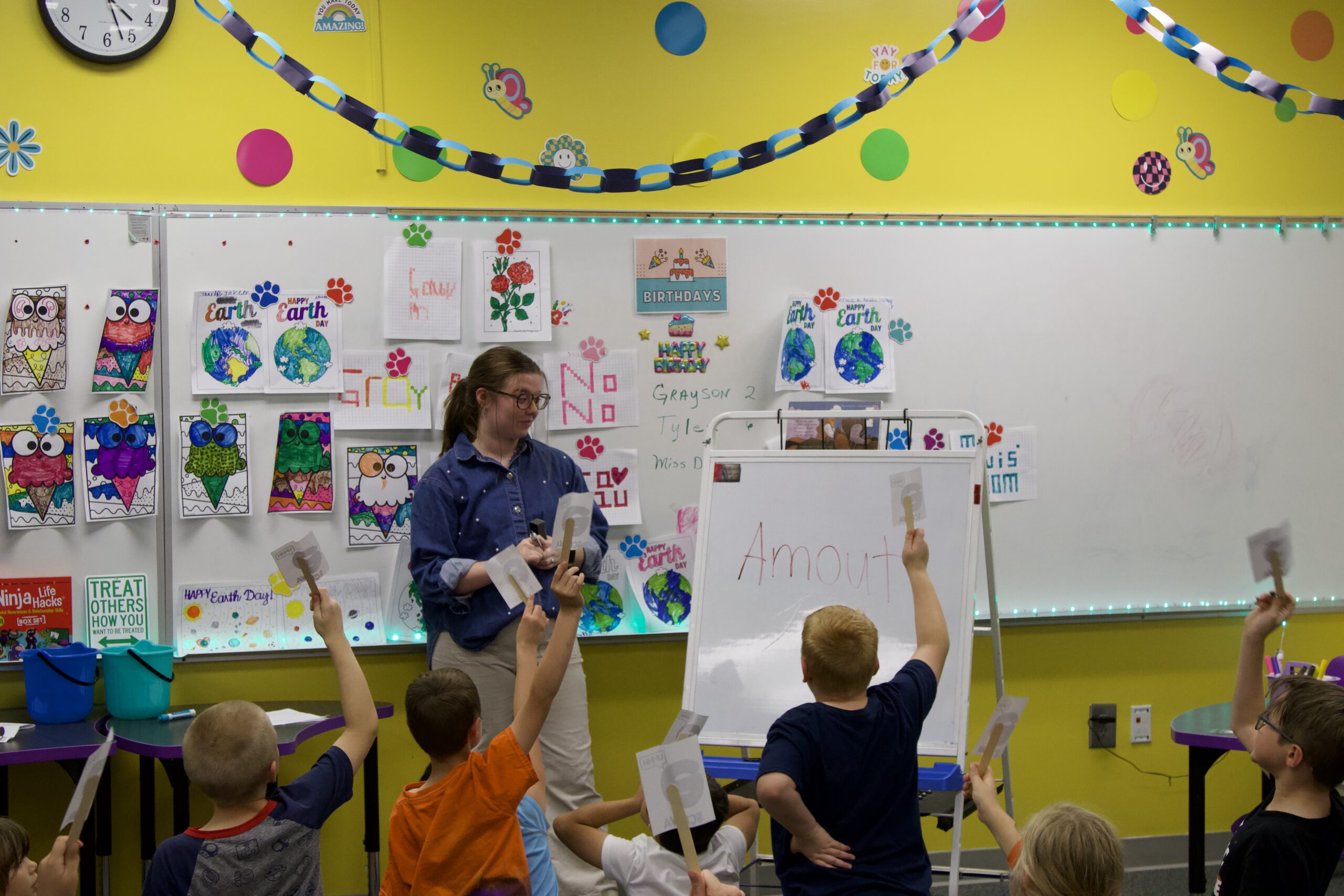

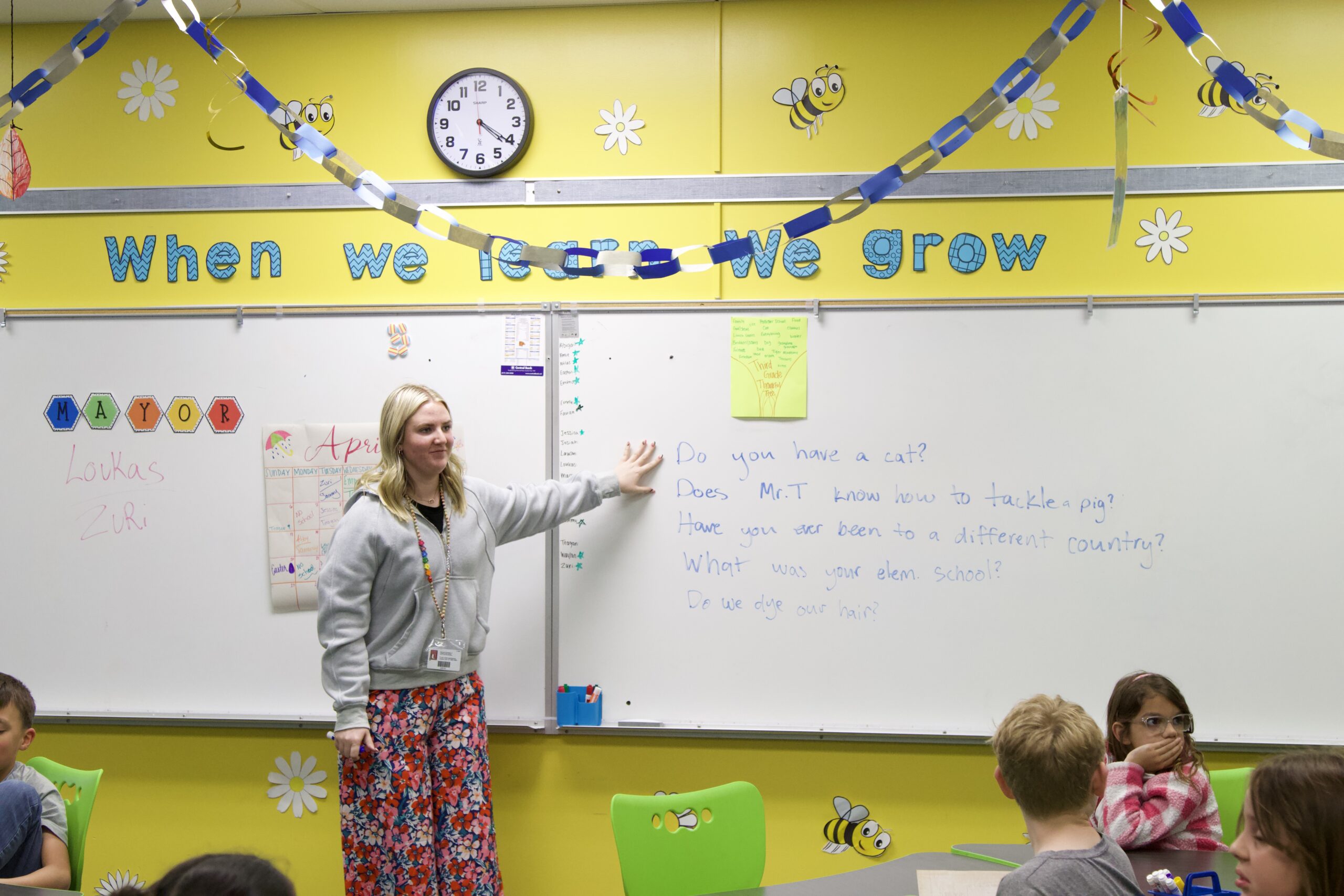
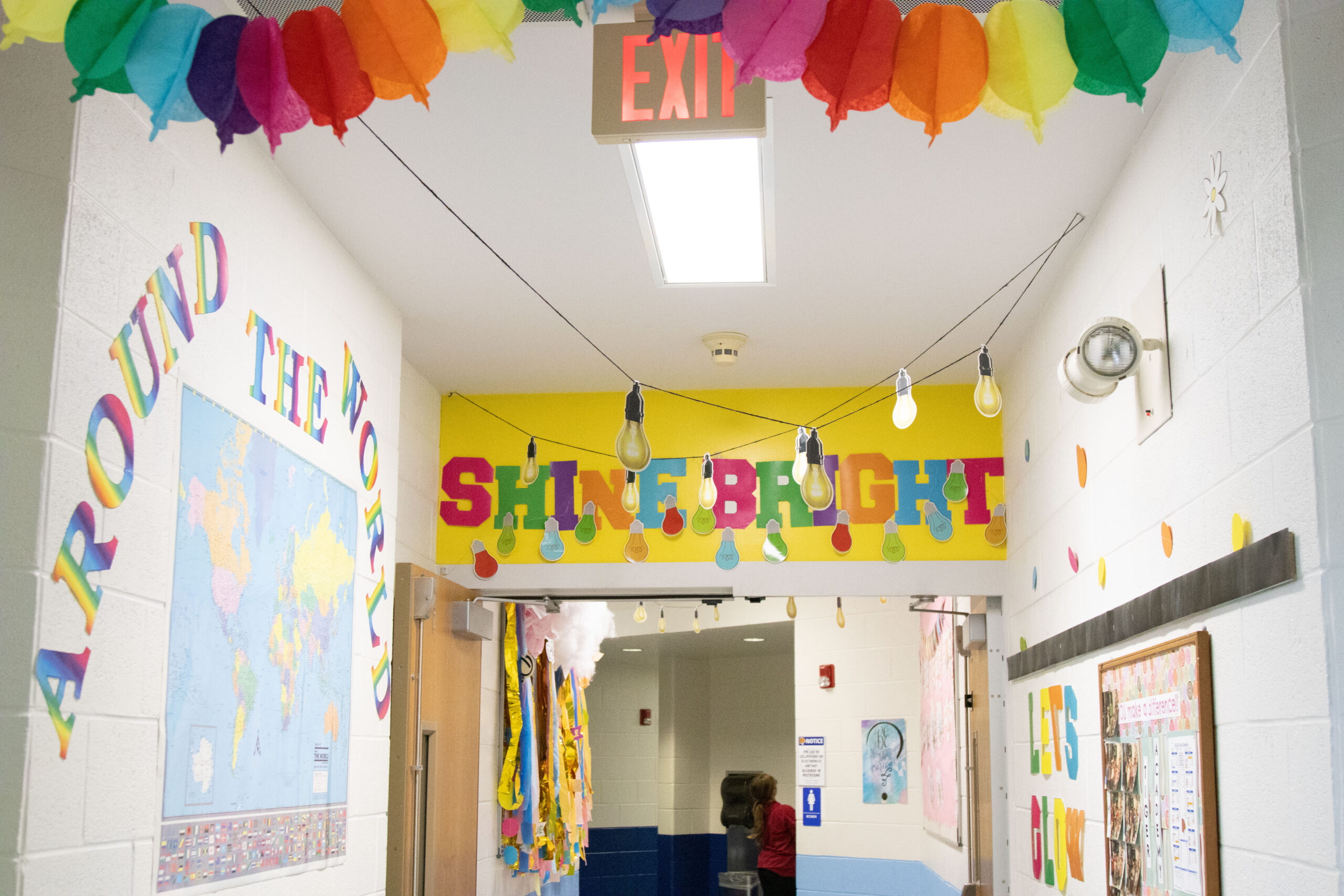
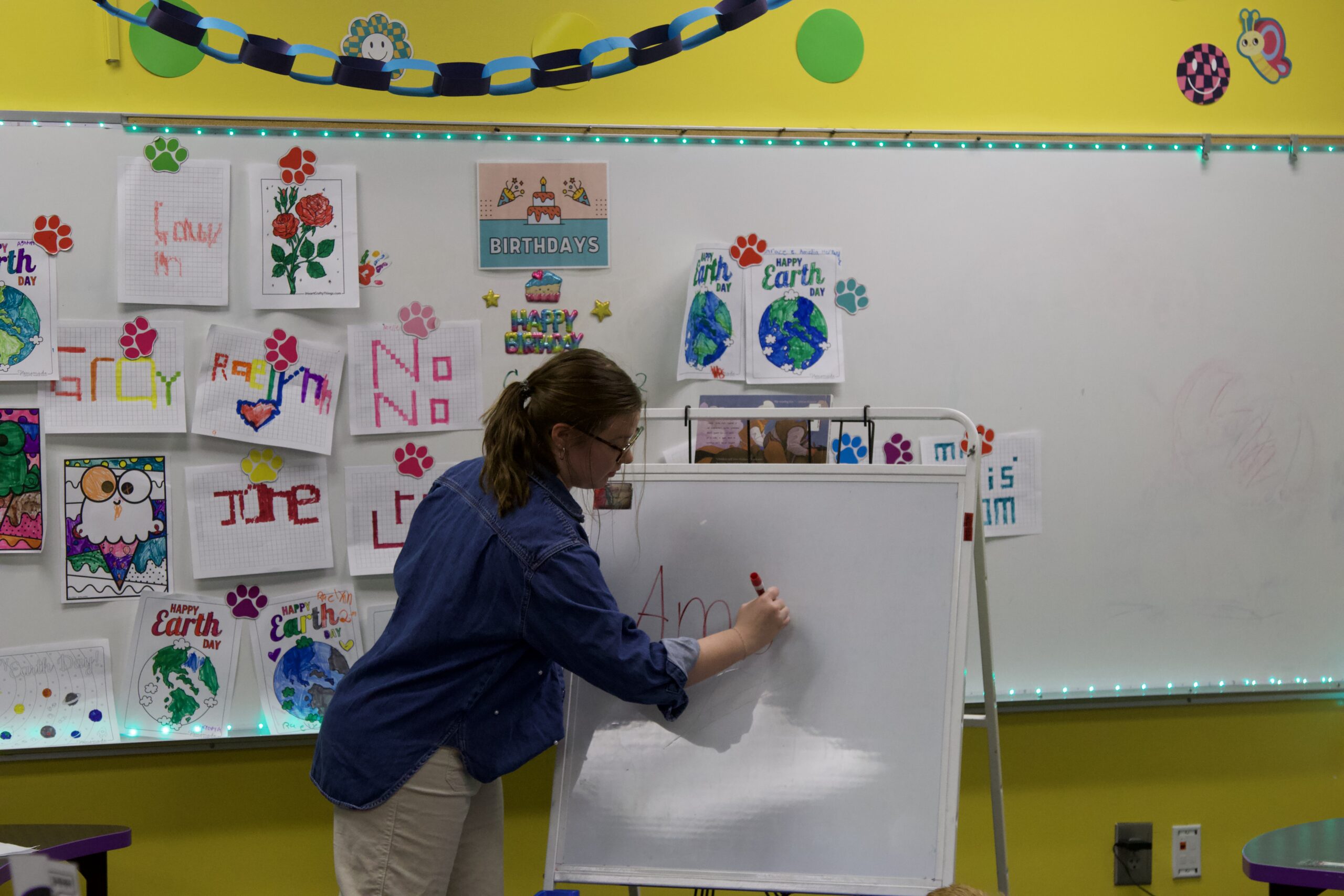
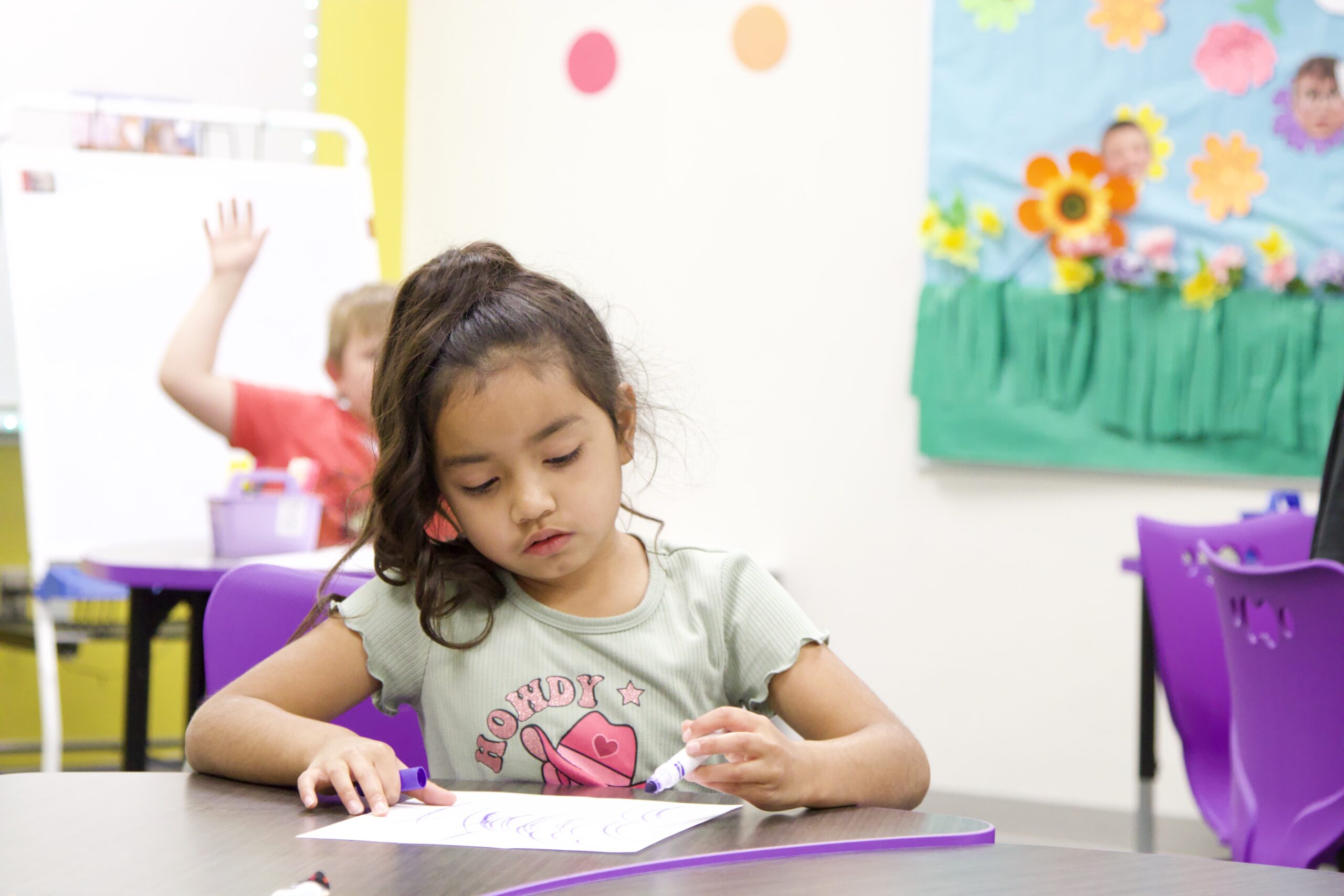

Building Confidence for Students and Future Teachers
The benefits ripple both ways. College students gain invaluable, real-world teaching experience. Facing the challenge of engaging tired, afterschool learners requires creativity and flexibility. “They get to ask: What can I try next week to help this student stay engaged?” Dr. Patrick notes. Meanwhile, the afterschool program thrives on this dynamic blend of fun and learning. “The kids think the college students are just the cat’s meow. They love the older kids. They’re excited by their attention.”
Beyond academics, the program builds confidence and connection. “If you can make it tactile, something they touch and do, they won’t feel like they’re in a classroom, and the students often don’t want to leave. They’re in the middle of a hands-on project, and I’ll hear on the radio, ‘Can you ask Mom or Dad if they can stay a few more minutes?’”
For the college students, the learning is just as powerful.
“I’ve learned how to meet real students’ needs, not just plan lessons on paper,” says Faith West, a College of the Ozarks student and future educator. “I’ve learned how to use positive affirmation to encourage students to follow expectations and recognize when they are doing well. That’s been huge.”
Kamryn Bradshaw, another C of O student, shares how the experience has helped her grow as a future teacher. “For me, teaching literature has been one of my weaker spots, so this program has helped me build confidence. It’s shown me what I need to work on and how to use a curriculum in a fun, creative way. It’s been a valuable and enjoyable experience, especially seeing significant growth in the students.”
Makenzie Hill agrees. She works with the same third graders as an afterschool teacher, and a tutor from C of O on Tuesdays and Thursdays. “I’ve been with these kids since August, so I’ve gotten to know them. I know their struggles. If they’re having a rough day, I can reach out and help them through it.”
She also believes in the power of afterschool programming. “When I was younger, I didn’t have anywhere to go after school. My grandma was a bus driver, so I would ride the whole bus route with her; that was my afterschool care. Having this kind of opportunity for kids now is absolutely amazing. Seeing their academic growth and knowing they have something safe and fun to do after school is awesome.”
Traci also reflected on the significance of afterschool programs like this: “I think back to when I was young, there was no afterschool program… But if there had been an afterschool program, something where I could have learned without realizing I was learning, what an impact that could’ve had.”
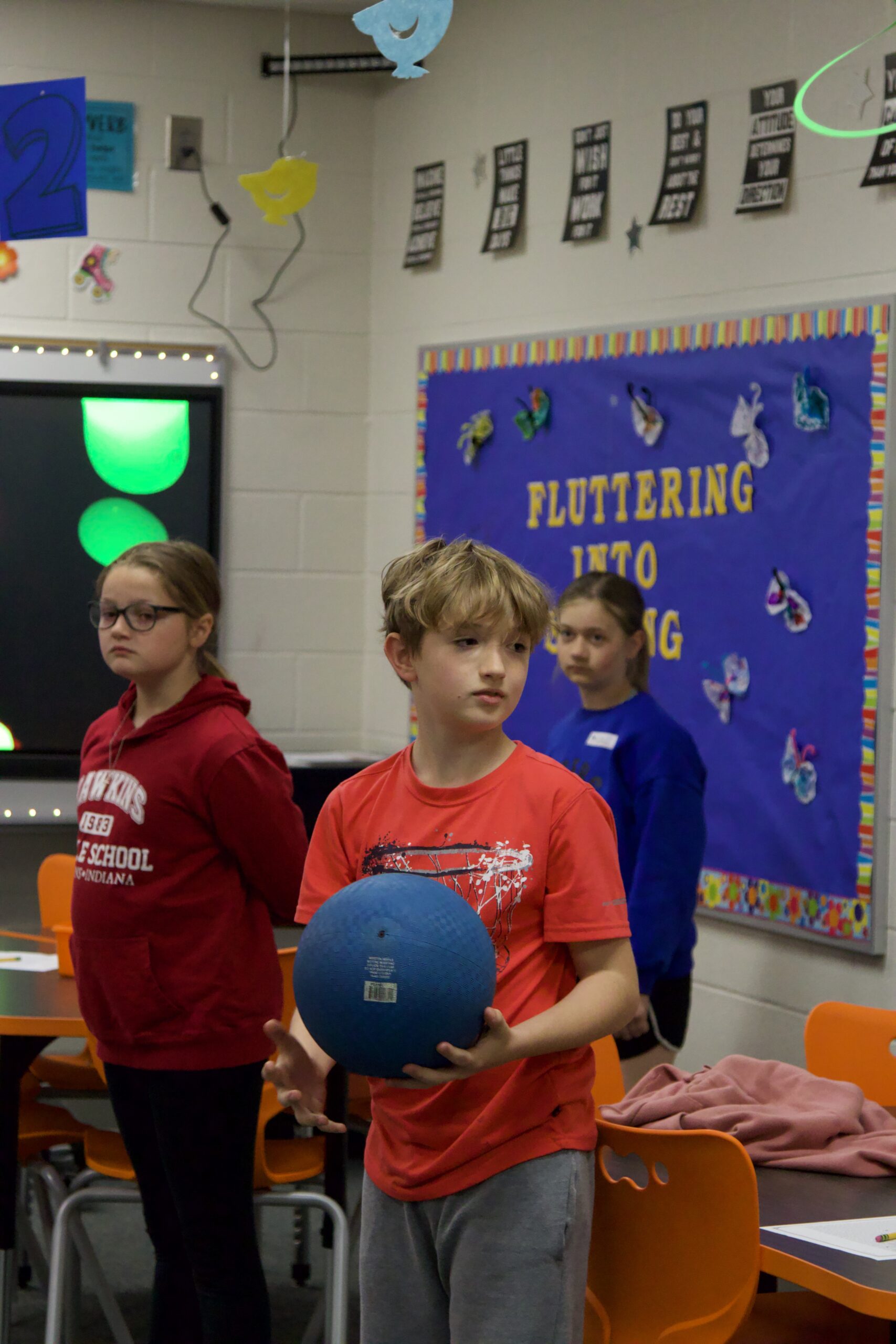
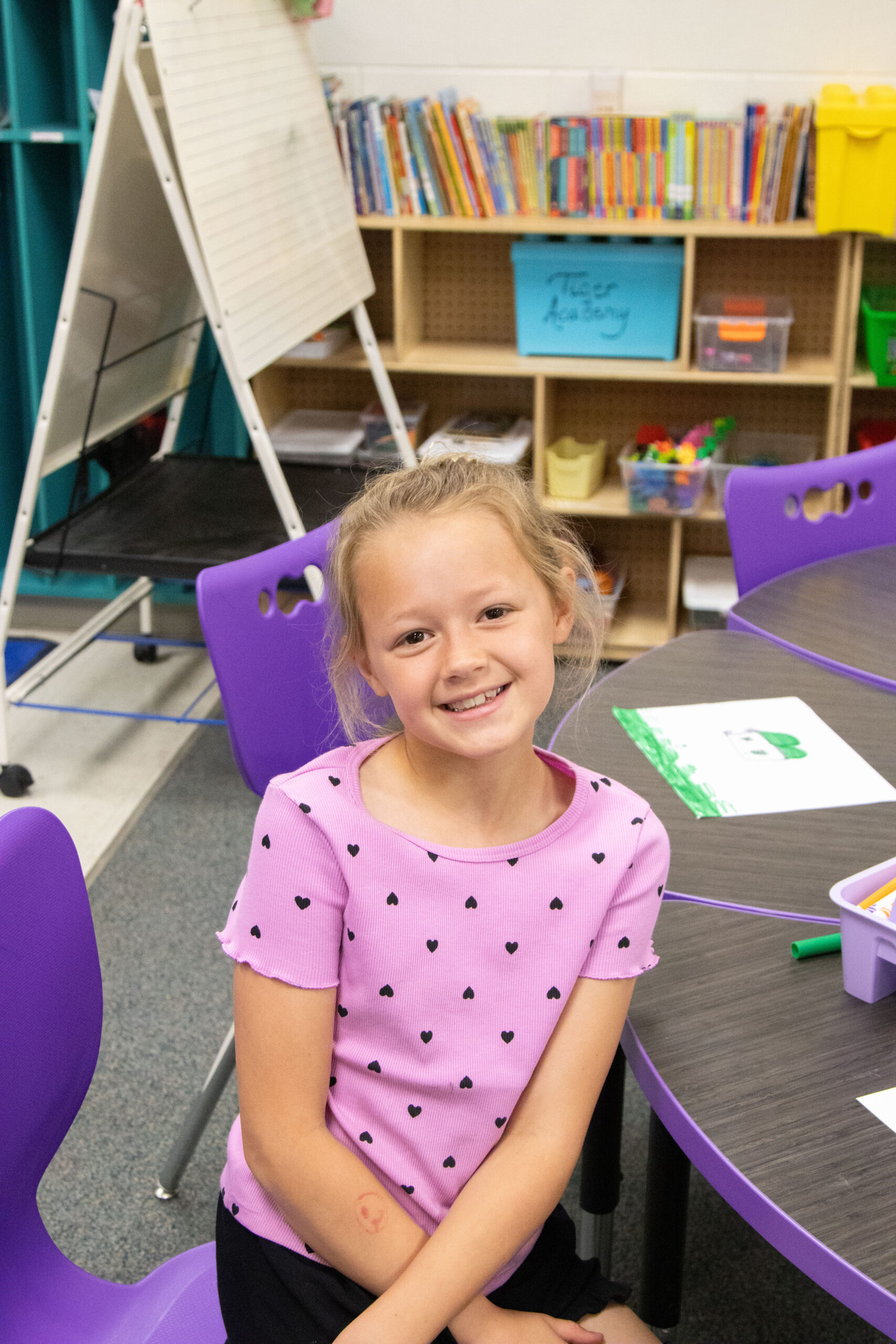
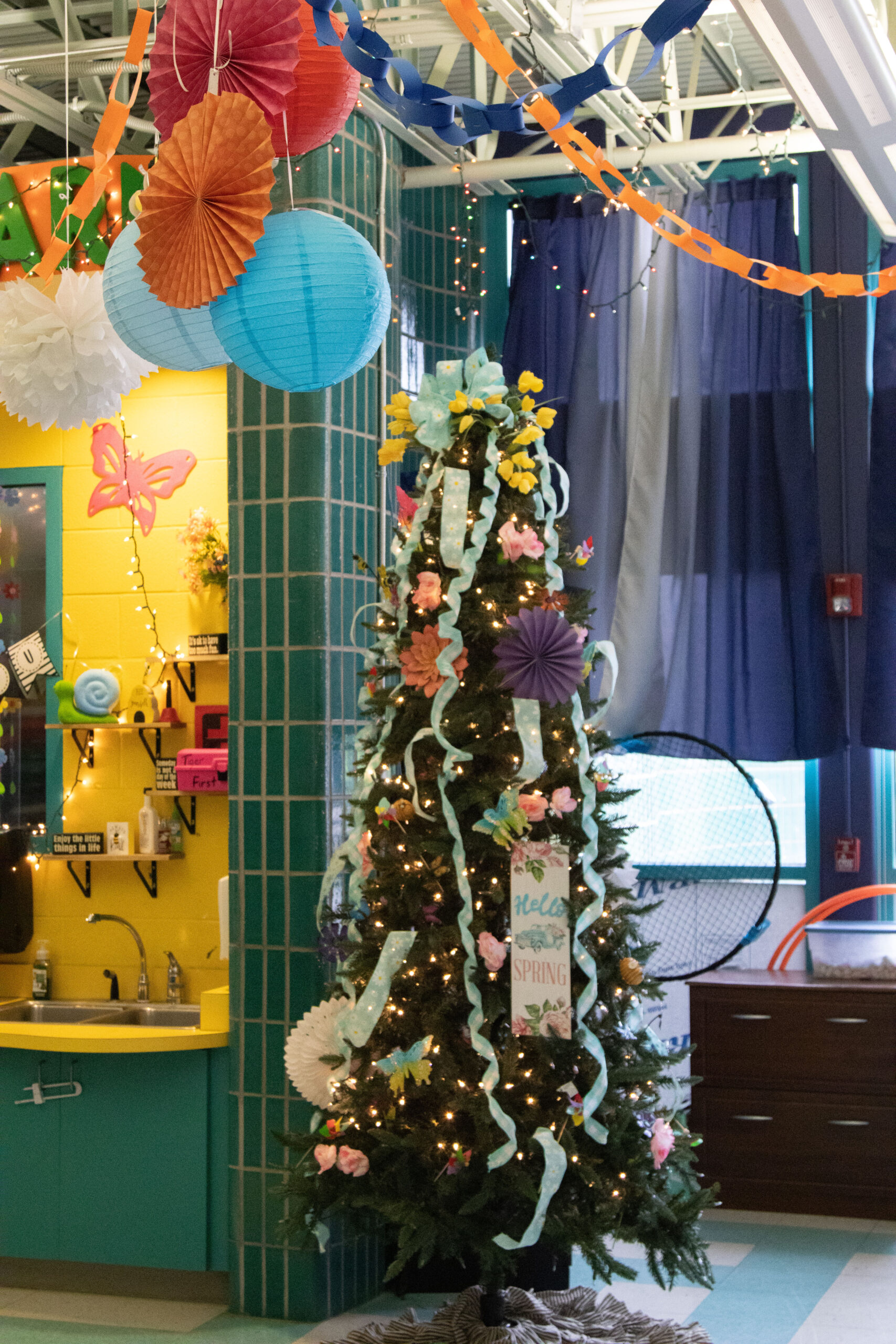
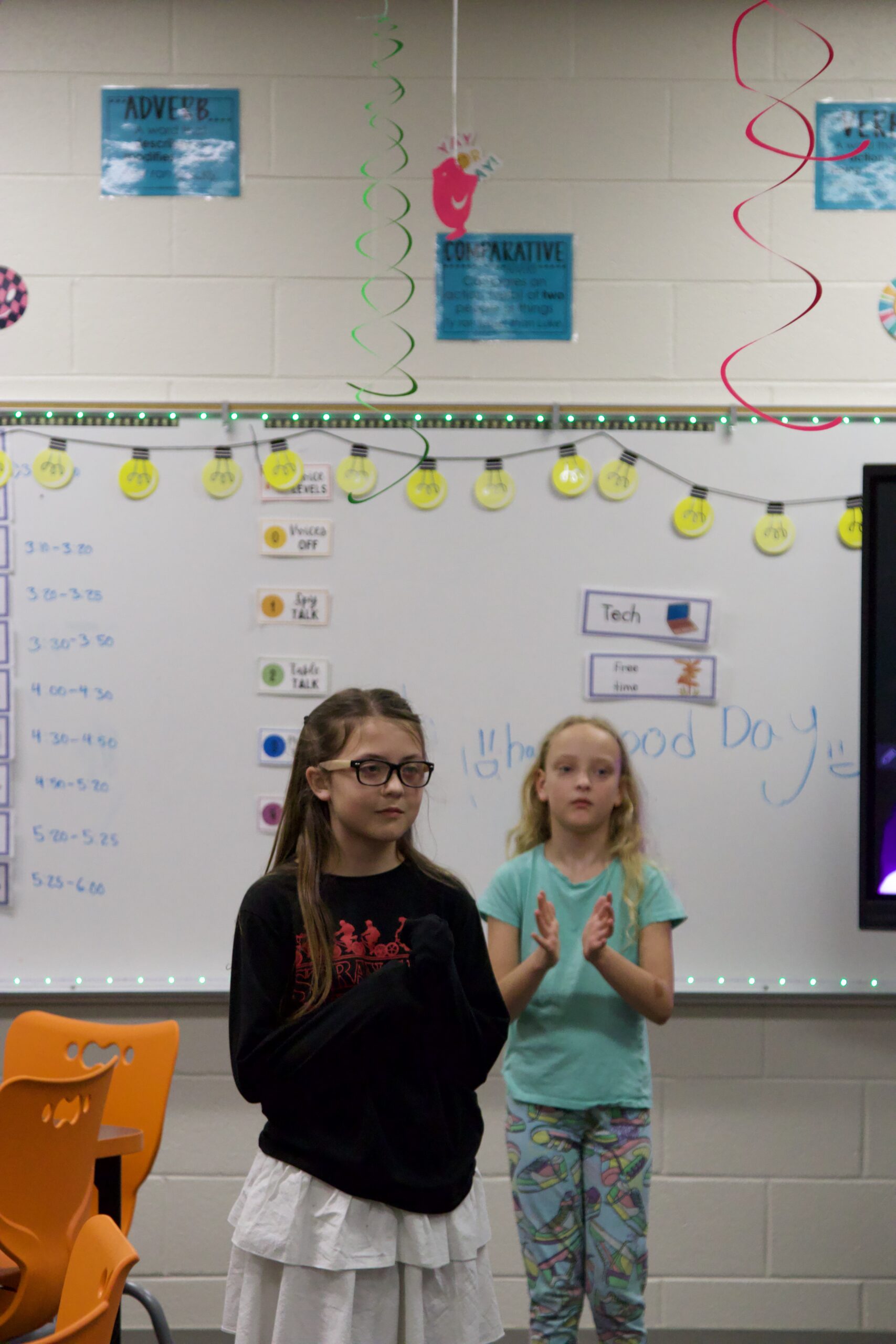
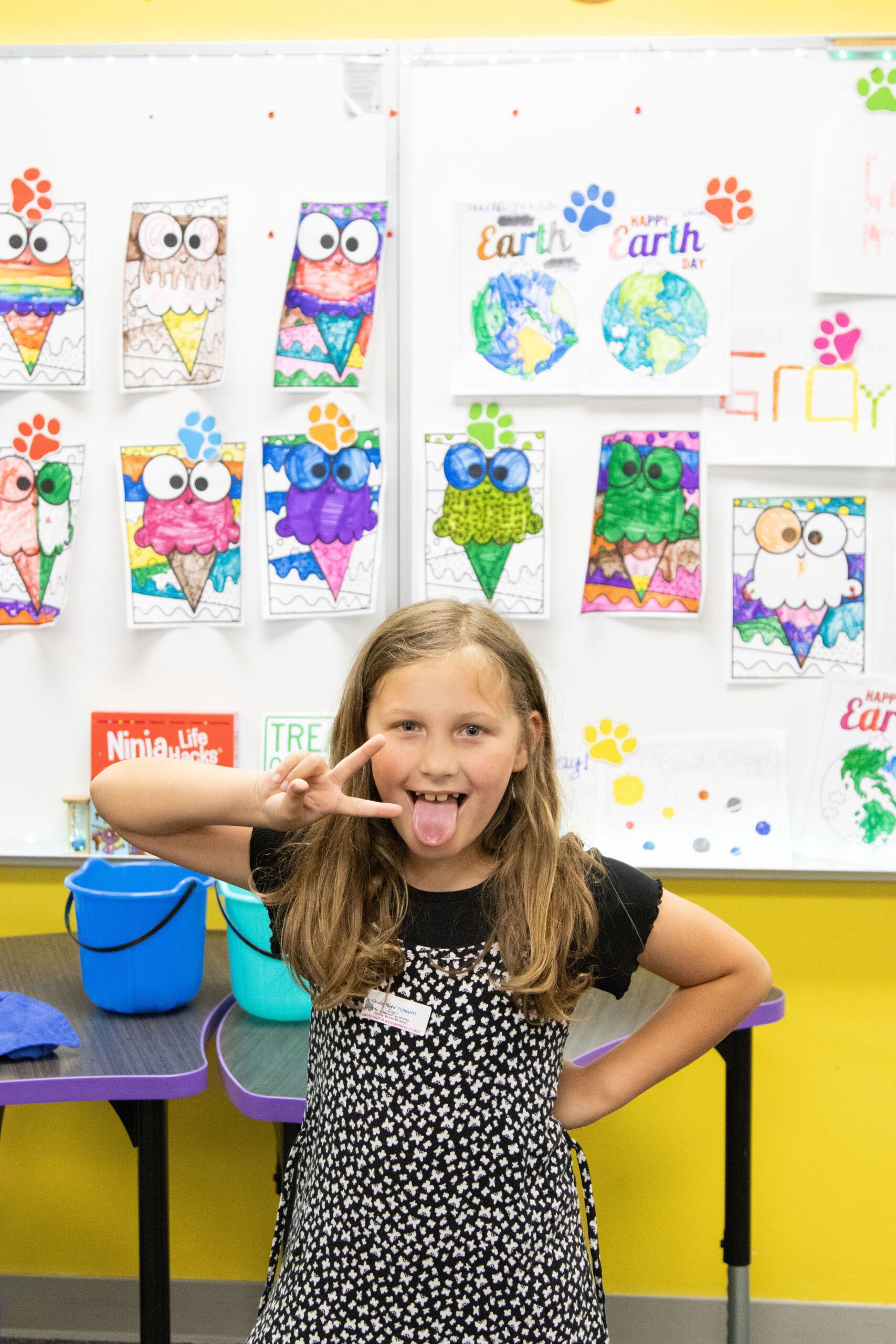
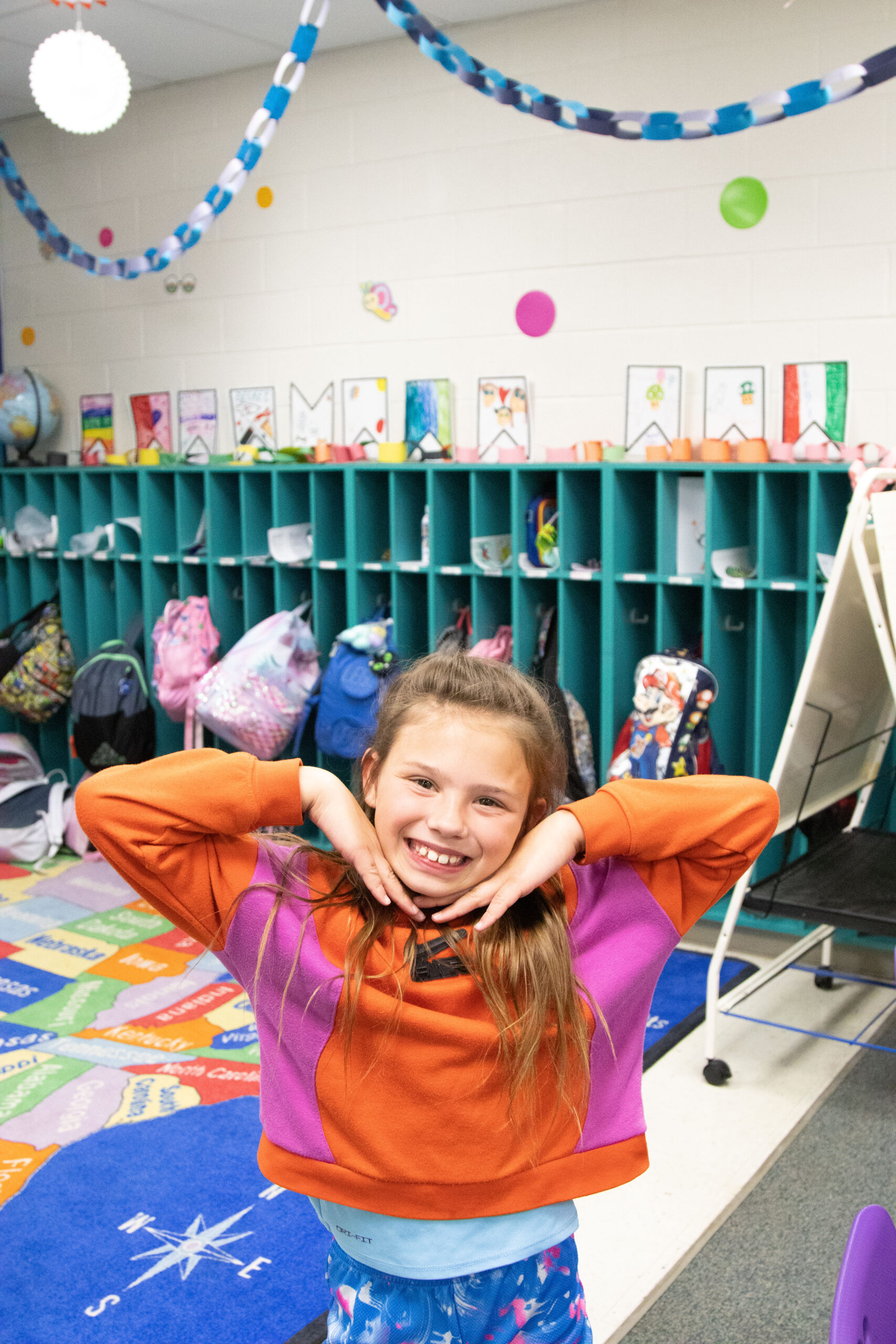
A Win-Win for Students and Teachers
The program is a launchpad. “I think the students will be more prepared to go into K–5 classrooms as teachers,” said Traci. “This kind of experience will help produce stronger teachers—stronger adults entering the education field who can make a difference sooner and with more ease.”
Dr. Patrick adds a hopeful vision: “It’s a true win-win: Hollister gets free reading tutoring, and my students get authentic, hands-on teaching experience… I’d love for some of the children we work with to see themselves in our students and think, I could be like them.”
In Hollister, afterschool isn’t just extra time. It’s extra care, extra connection, and a whole lot of magic. Just ask the kids who light up when they walk through the door.
Because when learning feels like this, you can’t help but ask:
“Is it C of O day?”
